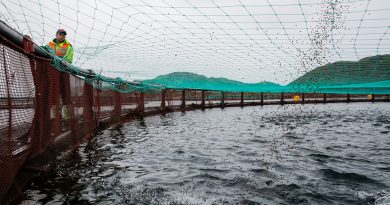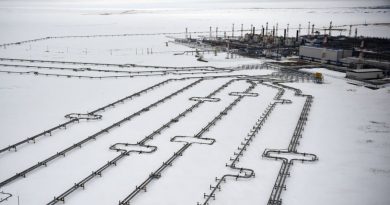Blog – Trudeau’s Yukon plan: funding another road to nowhere
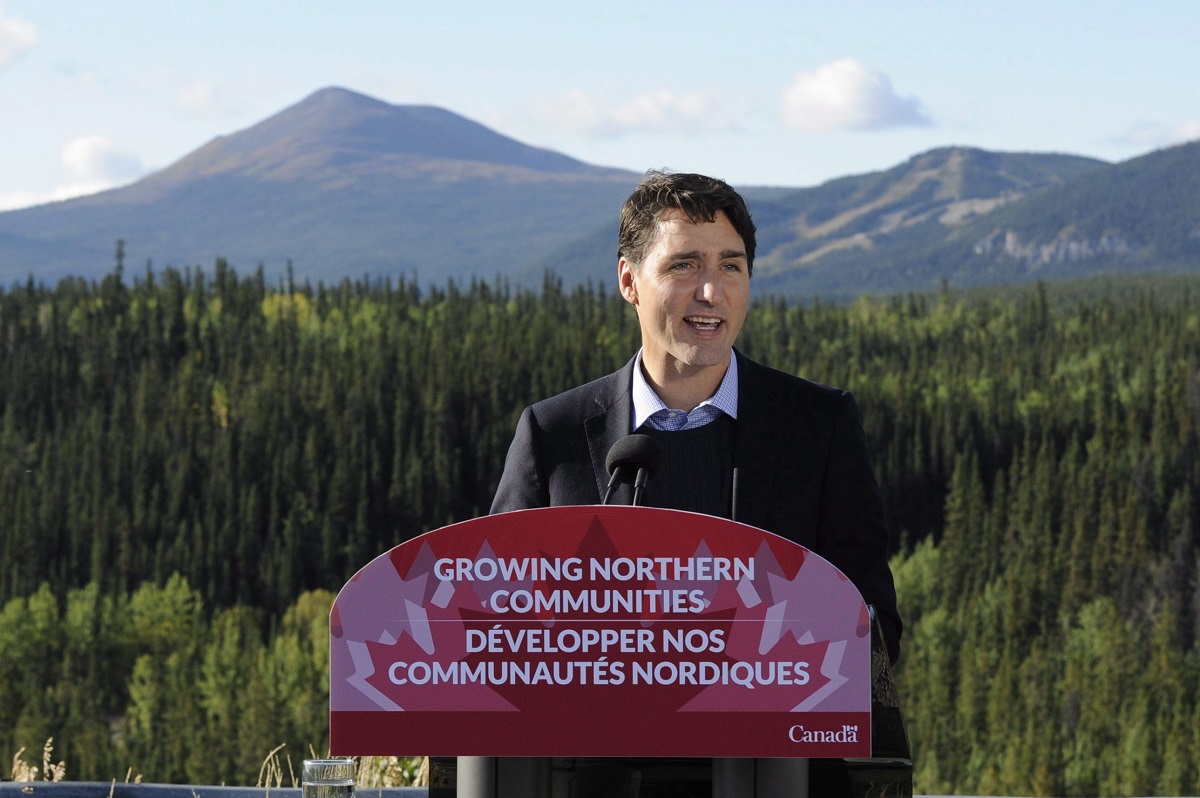
The past few years have been good for the Canadian road-building industry in the Arctic. In 2011, former Prime Minister Stephen Harper approved a $300 million, 75-mile long highway between Inuvik and Tuktoyaktuk.
“Tuk,” as locals refer to it, sits on the shores of the Arctic Ocean. Once the highway opens later this year, it will be the first public road in North America to reach the water at the top of the world.
Harper was a Conservative politician who tried to resurrect a strategy of muscular Arctic sovereignty in the Canadian North. His philosophy towards demonstrating Arctic strength was one of “use it or lose it”, manifested in big-ticket projects like the Inuvik-Tuktoyaktuk Highway and the Canadian High Arctic Research Station, also opening later this year. In this way, he resembled an earlier postwar predecessor, Prime Minister John Diefenbaker. That leader, of a different conservative ilk, sought to build “roads to resources” across Canada’s North, too, where he saw the nation’s destiny lying.
After Harper’s fall from favor came Prime Minister Justin Trudeau: young, Liberal (with a capital L), and, based on appearances, a world apart from the rigid Stephen Harper. Where Harper staunchly supported the oil industry and cracked down on climate scientists, Trudeau views himself as an environmentalist, and Canada as a leader in sustainability.
Community development or mining infrastructure?
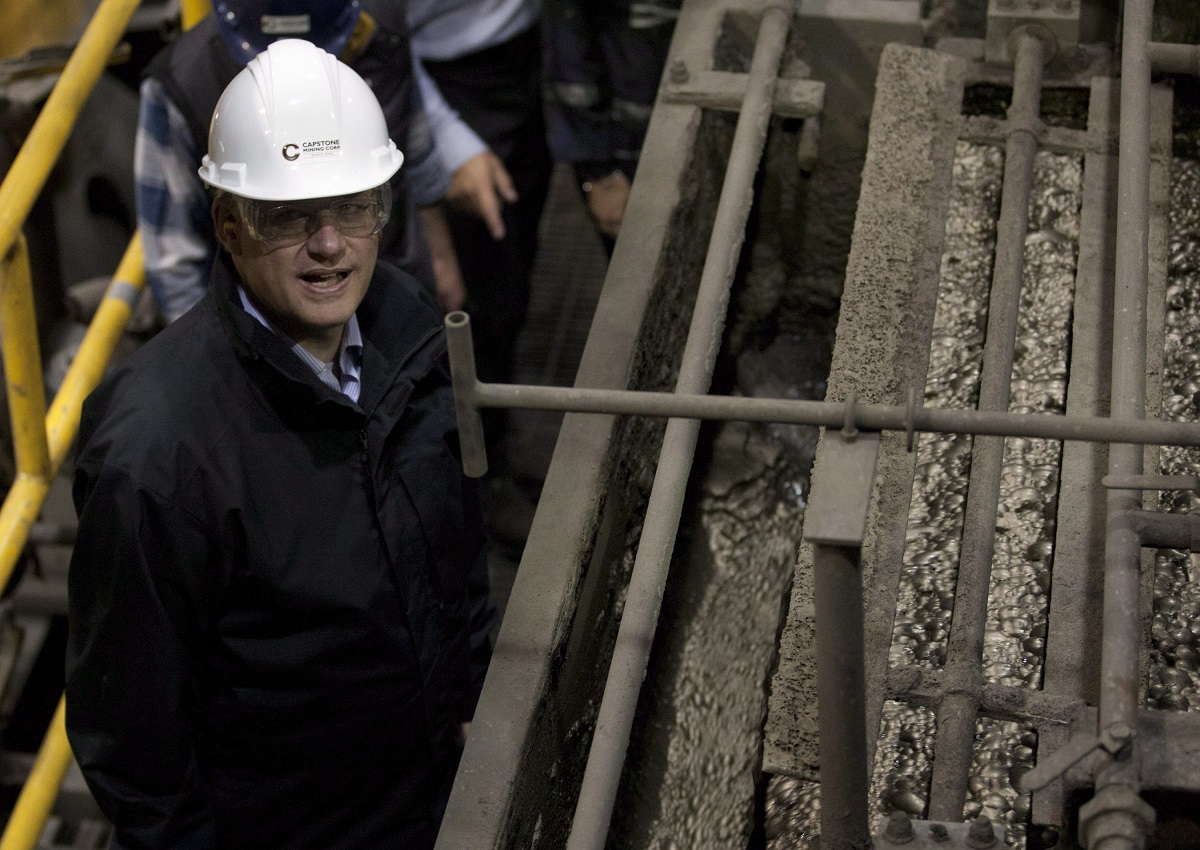
Yet over the weekend, Trudeau took a page out of Harper’s playbook by cozying up to mining interests. The only difference was that he dressed his decision in the language of community development and putting Indigenous peoples first. During his first official trip to the Yukon a few days ago, the Liberal Prime Minister announced over CAN $360 million in funding to road improvement projects in the territory. Road access will be enhanced in two areas rich in mining potential: the Dawson Range in central Yukon and the Nahanni Range Road in southeastern Yukon. On paper, these two projects satisfy the government’s aim to build “strategic and trade-enabling infrastructure” across Canada. The federal government will contribute two-thirds of the funding (CAN $274.4 million), while the Yukon territorial government will kick in one-third (CAN $112.8 million).
The roads are being promoted under the Yukon Resource Gateway Project (YRGP), which is all about turning the territory into a world-class mining province. The territorial government’s submission to the House of Commons Standing Committee on Finance said that YRGP “holds very little risk and great economic potential.” This statement, however, flies in the face of the Yukon’s severe downturn in recent years, largely due to a mining crunch. In 2015, the territory’s real GDP contracted by 6 percent – the largest of any province or territory in Canada. It has been forecast to shrink another 7.7% this year, again the “bleakest” outlook in Canada.
The Yukon government has spun this downturn on its head, claiming that the current lows in commodity cycles actually offer a good opportunity to sink more money into mining infrastructure. But if anything, one would think this would be an ideal time to diversify away from mining, which accounted for 10% of GDP in 2015. Instead, the government has chosen to sink money into the Nahanni Range Road, which terminates at the Cantung tungsten mine, closed since 2015.
The head office of the mine’s operator, North American Tungsten, has also been shuttered since 2015. It entered into court-ordered protection after declaring that it could not pay back the $79 million it owed to more than 200 companies and after laying off dozens of employees. Unsurprisingly, government inspectors recently found that the bankrupt, abandoned mine is illegally leaking discharge into surrounding waters and lacks proper erosion controls.
Environmental and economic destruction
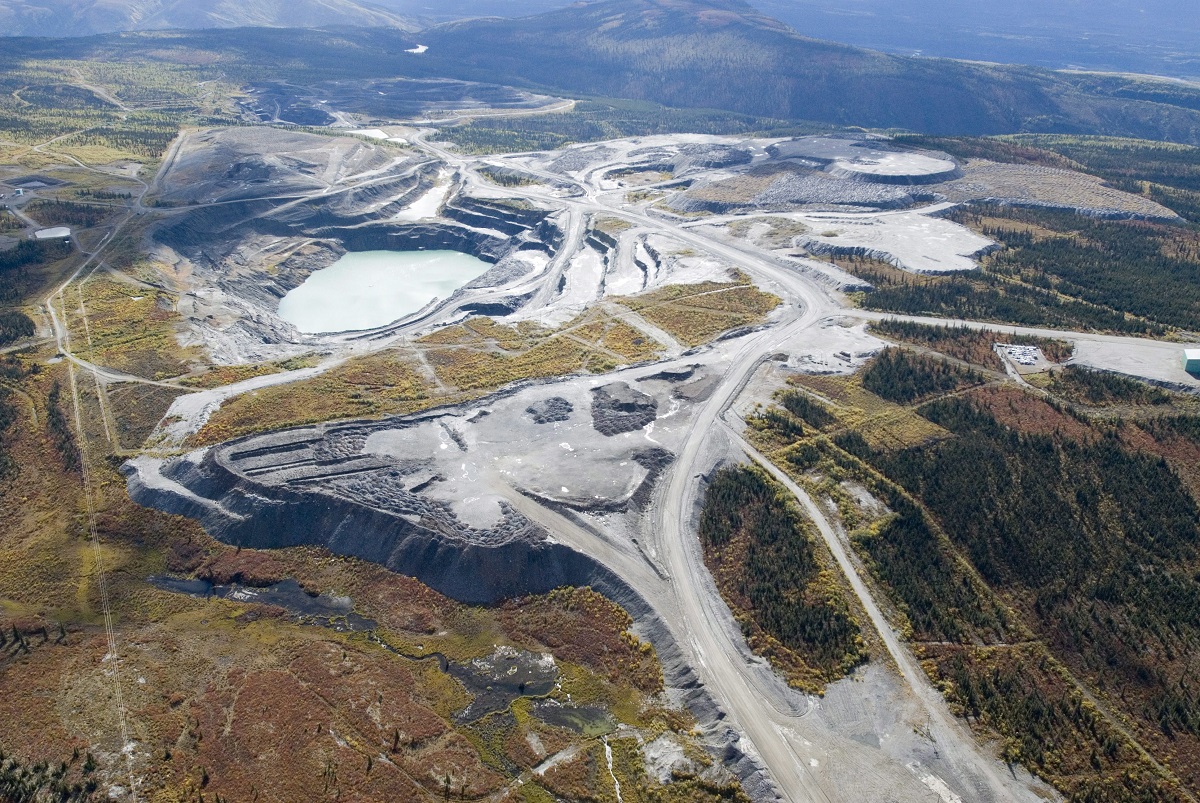
Given that an abandoned and leaking mine lies at the end of a road that the federal and territorial governments are spending millions to improve, it seems absurd for Trudeau to claim that the road investments will be “an investment in Yukon’s people.” Nobody lives along the road or in the abandoned mining town of Cantung at the end of it, although fishing for Arctic grayling in the area is supposed to be good. The territorial government, too, has claimed that the Yukon Resource Gateway Project will lead to “economic growth and employment opportunities in Yukon First Nations and communities.” But when the mining operators based in distant cities like Vancouver find it all too easy to abandon ship when the going gets tough, they leave a wake of environmental and economic destruction in their trail that hurts local communities most. North American Tungsten isn’t even the only Yukon mining operator to have gone bankrupt in 2015. Yukon Zinc Mine, whose parent company is Chinese-owned, closed the Wolverine Mine that year, too, leaving many local companies high and dry. At a tense meeting in Yellowknife in 2015, creditors called the company’s actions “shameful, absolutely shameful.” Yukon Zinc owes one local trucking company, Sidhu Trucking, over half a million dollars.
Mining companies certainly do create jobs when times are good, and they can also help fatten the pocketbooks of locals who aren’t directly employed in digging out the gold, lead, and tungsten. But when mining companies simply declare bankruptcy and leave a wake of environmental destruction and meaningless IOUs to hard-working local companies, the government should think twice about giving them what is essentially a handout in the form of taxpayer-funded road improvements.
This post first appeared on Cryopolitics, an Arctic News and Analysis blog.
Related stories from around the North:
Canada: Canada’s defence review & the Arctic : A bipartisan consensus?, blog by Mathieu Landriault
Finland: Terrafame mine admits more widespread groundwater contamination, fights stricter environmental rules, Yle News
Greenland: Greenland pioneers Arctic tourism & mining, blog by Mia Bennett
Norway: Sharp drop in emissions near Norwegian border, says Russian mining company, The Independent Barents Observer
Russia: Where’s the cash? Russia to give Arctic development plan a rethink, The Independent Barents Observer
Sweden: First building moved as northern Sweden town is relocated, Radio Sweden
United States: U.S. transportation secretary announces efforts to speed up project development in Alaska, Alaska Dispatch News


